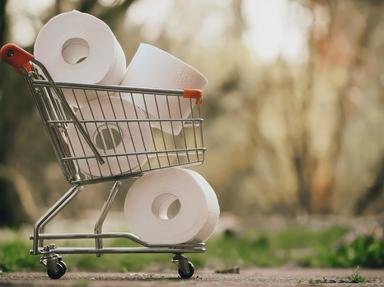Quiz Answer Key and Fun Facts
1. Many of the toilets made by John Bolding and sons were inscribed 'Bolding Molton'. What was the reason for this?
2. Which firm made the model 'Lynx'?
3. What was the likeliest name you would see on a British urinal in the 20th century?
4. Where were Twyford toilets made?
5. What is the meaning of the manufacturer's name Celmac?
6. Which of these companies made toilets?
7. Which is the odd one out?
8. Fine pottery manufacturers Wedgwood and Royal Doulton made toilets.
9. Another odd one out, which Victorian toilet model doesn't fit?
10. Who made the first underground public toilets?
Source: Author
satguru
This quiz was reviewed by FunTrivia editor
Leau before going online.
Any errors found in FunTrivia content are routinely corrected through our feedback system.
